
8 minute read
Searching for a Solution
sustainable, regenerative agro-food systems. Currently, she and her team are in the process of conducting a dairy-focused project called The Amazing Cow. Funded by the Pennsylvania Department of Agriculture, the study documents the types, amounts, and variations of IUUB fed on dairy farms, characterizing important nutritional attributes and giving producers informed insights on how IUUB feedstuffs could be implemented on their farms. Intensified Production Helps
“Addressing the 2050 challenge of supplying food to a drastically growing human population can sustainably be achieved through intensification of livestock production,” says Mitloehner. “Indeed, intensification provides large opportunities for climate change mitigation and can reduce associated land use changes such as deforestation. Production efficiencies reduce environmental pollution per unit of product.” The 2050 challenge Mitloehner refers to is the need to feed the fast-growing global population with finite input resources.
Advertisement
U.S. livestock producers continue to write the proverbial book on how to do so efficiently.
“Globally, the U.S. livestock sector is the country with the relatively lowest carbon footprint per unit of livestock product produced (i.e. meat, milk or egg),” Mitloehner explains. “The reason for this achievement largely lies in the production efficiencies of these commodities, whereby fewer animals are needed to produce a given quantity of animal protein food.” By way of illustration, he explains, “The average dairy cow in the U.S. produces 22,248 lbs. milk per cow per year. In comparison, the average dairy cow in Mexico produces 10,500 lbs. of milk per cow per year, thus it requires two-plus cows in Mexico to produce the same amount of milk as one cow in the U.S. India’s average milk production per cow per year is 2,500 lbs., increasing the methane and manure production by a factor of nine times compared to the U.S. cow. As a result, the GHG production for that same amount of milk is much lower for the U.S. versus the Mexican or Indian cow.”
The U.S. beef industry decreased its GHG emissions per pound of beef 9-16% since the 1970s, according to a sustainability fact sheet series. That’s from ongoing advances in genetics, animal nutrition, management and growth-promoting technologies that reduce the amount of natural resources required to produce a pound of beef.
Recently, a producer from another part of the state came to me with a pinkeye problem in a set of calves destined for Flint Hills grazing this summer. The producer purchased two loads of calves, off video, from reputation herds with “all their shots.” In the first 90 days, 30% of the cattle were treated for nonresponsive pinkeye and approximately 10 percent of the calves

were treated for respiratory disease. Pinkeye is more than a nuisance disease. It’s hard to quantify the economic loss to the disease. Gain is compromised and those that are blind or have blemishes on the eyes are not merchantable as breeding stock and therefore, discounted at the time of sale. There are several vaccines available for use in preventing pinkeye,
HUMANE CASTRATION
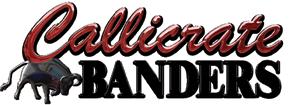
WEE EARLY CASTRATION Tensioned Loop for Newborns
SMART DELAYED CASTRATION
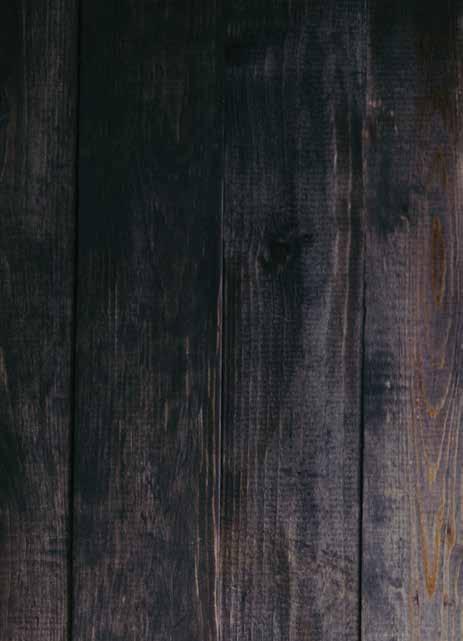
Since 1991
PRO DELAYED CASTRATION Built-in Cutter Self-locking Loop
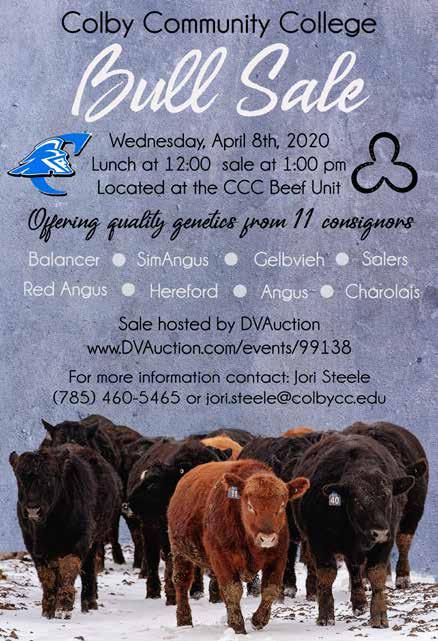

800-858-5974 CallicrateBanders.com Made In USA
Seedstock Plus RED REWARD Bull & Female Sale March 14, 2020 Wheeler Livestock Auction, Osceola, MO 60 RED Gelbvieh & Balancer bulls! Plus! RED females!
Seedstock Plus South Missouri Bull & Female Sale March 28, 2020 Joplin Regional Stockyards, Carthage, MO * 150 bulls! 18 month old & yearling bulls! Angus, Gelbvieh & Balancers! ALL BLACK! Plus! Open heifers!
Bid & Buy at: ALL SALES!
DVAuction
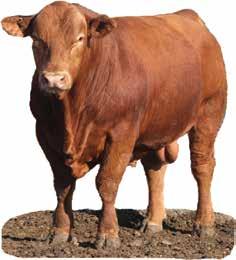
• Guaranteed Sight-Unseen Purchases! Let us help you find the bull to fit your program and needs! • Free Trucking on every bull! No fine print! • Extensive Data & Genomic EPDs! • All bulls are coat color & polled tested & Sire Verified! • All Bulls Are Semen & Trich Tested! • 100+ RFI tested bulls sell in these sales! • Videos of sale bulls on website the week before each sale! www.seedstockplus.com or www.dvauction.com
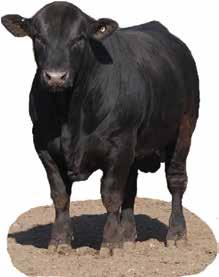
CALL FOR YOUR CATALOG TODAY! 877-486-1160 email: john@seedstockplus.com
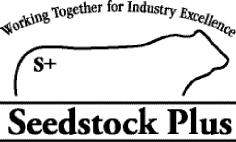
but none are effective all the time. We define “pinkeye” as keratoconjunctivitis. Simply stated, there is an infection involving the cornea and the surrounding tissues causing inflammation. Often this begins with an irritation or trauma to the cornea, followed by an infection resulting from an abrasion in the outer layer of the cornea. Subsequently, the eye is tearing, and the animal is attempting to keep the eye closed because of pain.
The most common bacteria is a strain of Morexella bovis. However, it is not uncommon during extremely contagious outbreaks, such as the producer’s group of calves, to find 3-4 strains of bacteria involved in the same eye causing the problem. In fact, one or both eyes may be affected.
What caused the infection? What can we do to prevent it now and in the future? And how can we treat the active infection?
A wise, seasoned veterinarian once told me early in my career, “Seldom, when there is an outbreak of disease or death loss in cattle, is there only one cause.” I remind myself of this constantly. Producers come to a veterinarian for answers to problems right now. As veterinarians, or diagnosticians, we are challenged to look for the root of the problem. What initiated the outbreak? I would love to give a “silver bullet” answer, but as a diagnostician, I am learning to ask lots of questions. Many times, the causes and solutions are multifactorial.
Where did these cattle originate? What is their vaccination status? Are they fall born? Did the calves receive adequate colostrum? When were they vaccinated and with which antigens? Are they from BVD free herds? Are they comingled? Did they experience a “weather event” near weaning time? Were they weaned prior to shipping? Were they weaned on the truck? What is the current feed ration? Did they eat out of bale rings? What was the feed ration during the weaning phase? What percentage of the cattle are treated? How many calves required more than one treatment?
There are many questions to be asked, rather than responding by saying, “Well, you should have done this, this, and this.” Frankly, often, we just don’t know. I find myself saying more often, “I don’t know the exact cause or reason this is happening to your calves, but I care and we will explore the problem and work toward finding a solution.”
In this specific pinkeye scenario, we asked if it was resolving now. After fighting the infections for 60 days, there was an indication that it may be diminishing in numbers of new infections. Why the infection occurred is related to the immune status and the potential trauma to the cornea on these calves. The diagnostic work done on the calves’ eyes looked for the specific bacteria present. The lab work indicated there were four strains of bacteria in all of the eyes that were swabbed. There were two strains of Morexella and two strains of Mycoplasma in the eyes. Both of these bacteria are efficient opportunists. Both strains are present in the environment and are looking for a breach in the immune status of the bovine eye to set up an infection. We don’t know which bacteria are the primary initiator and which are lurking for a way to get into the cornea. The outer covering, or epithelium of the cornea, is a protective barrier to the eye. The epithelium is the first portion of the immune system to protect the eye. When trauma to the epithelium occurs, bacteria attaches to the stroma of the eye and an infection occurs.
In looking for ways to prevent these highly contagious bacterial infections, we must ask what violated the immune system to permit bacteria to attach itself to the cornea. Considerations of possible initiators are trauma to the eye by hay, dust, persistently infected BVD, mineral imbalance or IBR infection in the eye. Flies are also transmitters of these bacteria. Each initiator can play a part in the cause of a pinkeye outbreak. Pinkeye is a multifactorial disease and to address the core issue of prevention we must analyze all possible violations in immunity. Several vaccines are available; however, the effectiveness is inconsistent at best. There are autogenous vaccines designed by culturing the bacteria on a particular ranch or location and using specific organisms to make a vaccine for that specific strain and location. A good thought in theory, yet the results are less than satisfactory.
I believe it is more important to search for solutions to prevent pinkeye without vaccine, by examining how the infection occurs. This isn’t the easy way and takes time to help producers understand how immunity of a calf normally protects from disease. Understanding the normal process of this disease syndrome will help create a path of health and also prevent outbreaks in future seasons.
Focusing on What Matters Less Work, More Profit for You Trouble Free Efficient Fertile
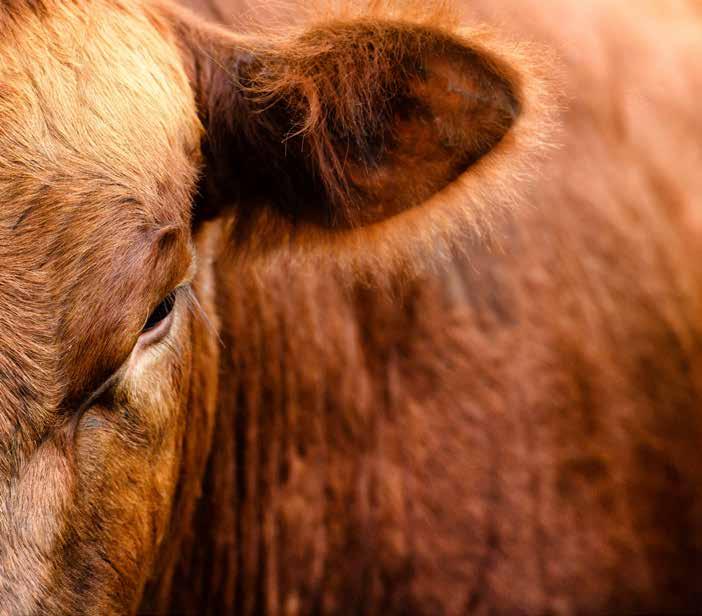
Annual Production Sale • March 20, 2020 200 Red Angus and Sim-Red Angus Bulls, including: • 90+ Age Advantaged (18 mos. old) bulls • More than 2 Pot-Loads of Top 10% Calving Ease & Top 10% HerdBuilder bulls • Two-thirds of our Red Angus bulls rank in the top 25% for CED and HerdBuilder 50 Bred Commercial Red Angus Fall Calving Heifers 30 Commercial Red Angus Open Replacement Heifers
2346B N Road ∙ Strong City, KS 66869 620.273.8581 (Office) 620.340.7461 (Joe) ∙ 620.340.9774 (Daniel) redcows@mushrushredangus.com MushrushRanches.com Visit our Website for Frequent Sale Updates. Call or email for Catalog!
BULLS to Build Your Herd On
Green Garden Angus Calving Ease Carcass $ValuesCalving Ease Carcass $Values EST 1932 Carcass Feed Intake $E n Marb Profitability Selling 100 Registered Angus Bulls & Our Special Heifer “Pick 6”

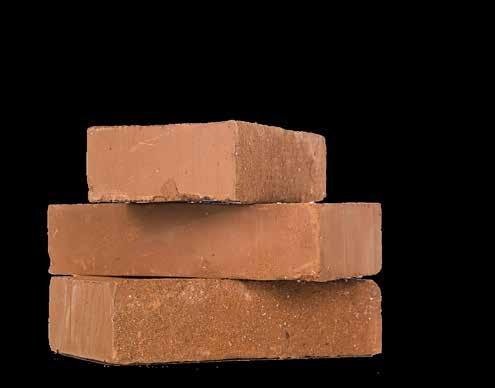
Calving Eas E $ C
785-472-3752 www.greengardenangus.com
61st Annual Sale
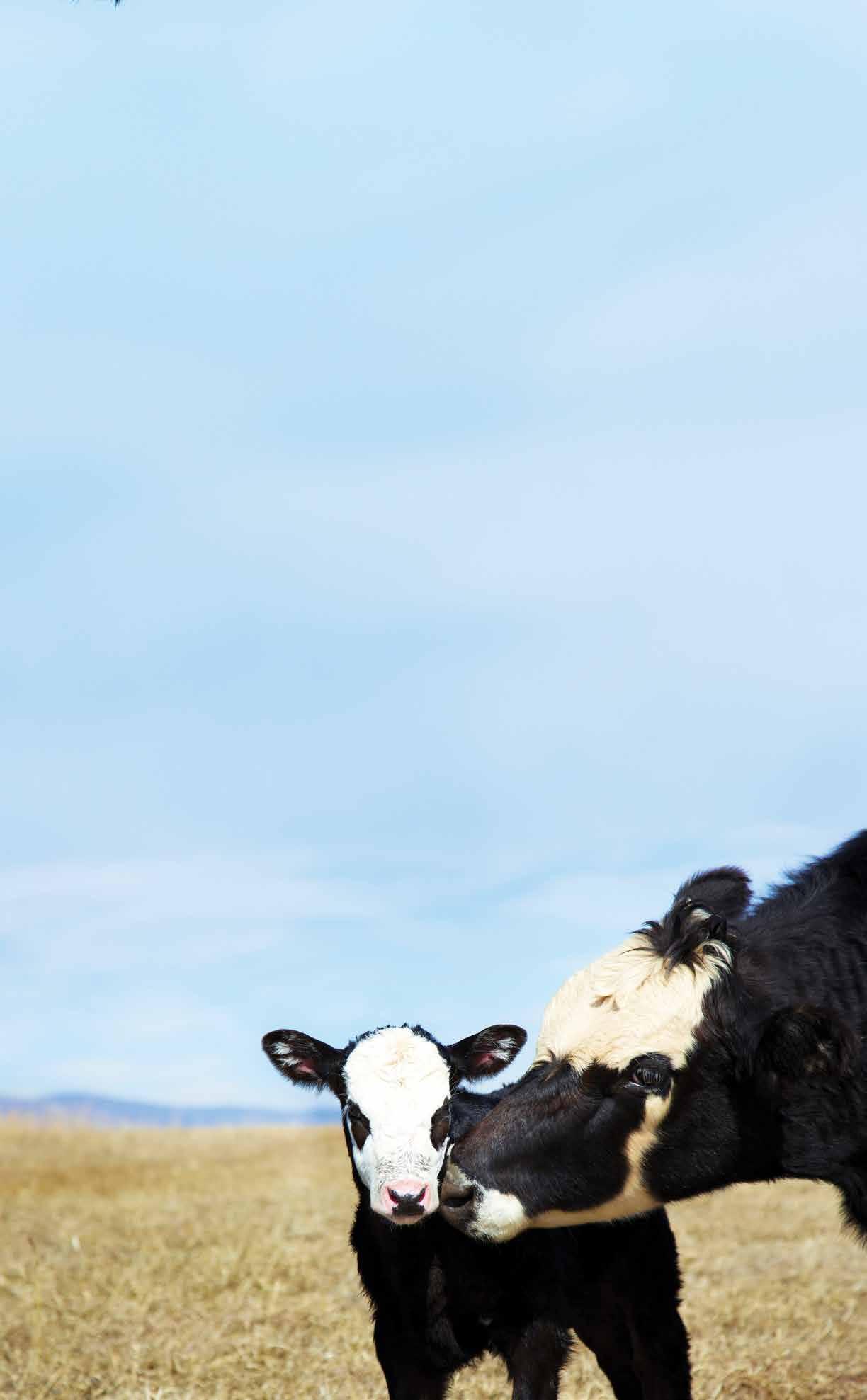
Monday April 6, 2020 2335 10th Rd Lorraine, KS 67459





